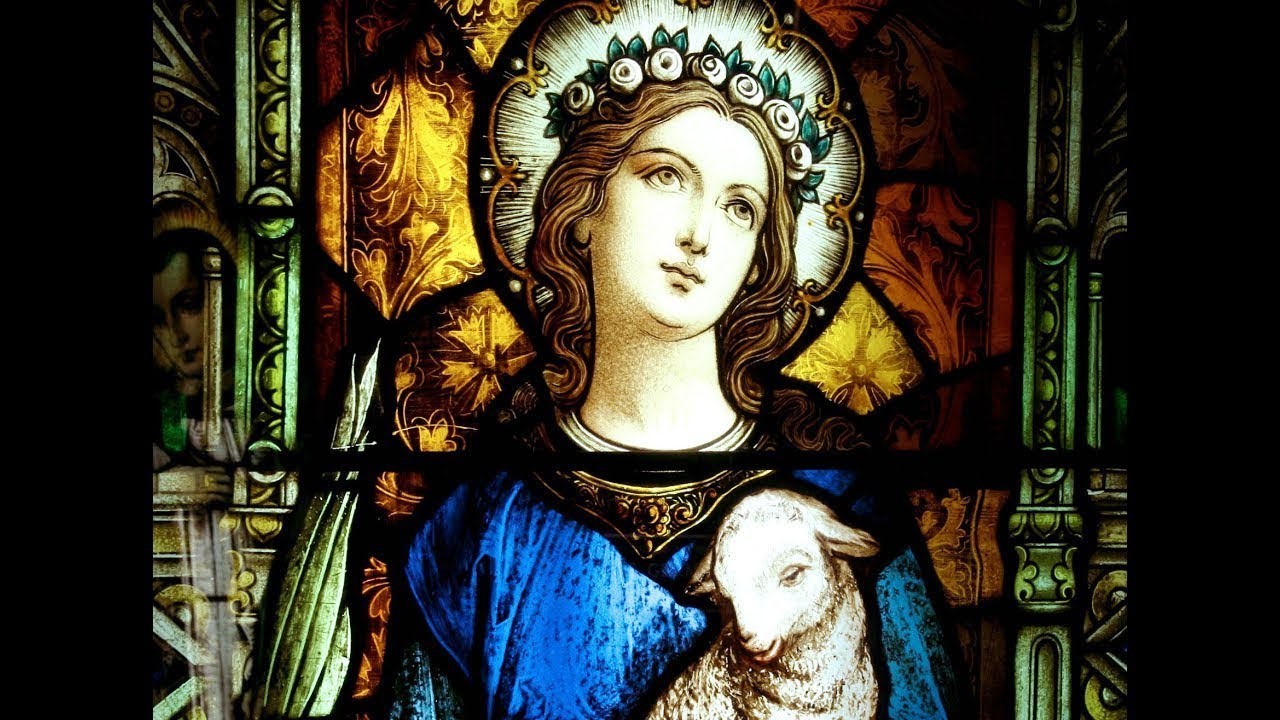
Ever wondered about the stories and secrets behind St. Agnes? This quaint yet fascinating location is brimming with history, culture, and tales that could fill volumes. From its ancient roots to modern-day marvels, St. Agnes is a place that seems to whisper its stories to those who listen closely. Why is St. Agnes so intriguing? Well, it's not just its picturesque landscapes or its vibrant community; it's the blend of myth, history, and natural beauty that makes it a must-explore for anyone with a thirst for knowledge. Ready to dive into a world where every corner holds a new discovery? Let's unravel the 20 most amazing facts about St. Agnes, each more captivating than the last. Prepare to be surprised, charmed, and maybe even a little spellbound by what you'll learn.
Key Takeaways:
- St. Agnes, a young Roman girl, became a saint for her unwavering faith and courage. Her story inspires people to live with purpose and conviction, no matter their age.
- St. Agnes is celebrated for her purity and resilience, and her legacy continues to influence art, literature, and religious practices. Her story teaches us the power of faith and the impact of one person's courage.
Who Was St. Agnes?
St. Agnes, a young girl venerated as a saint in various Christian denominations, is celebrated for her unwavering faith and purity. Born into a wealthy Roman family, she chose a life of devotion to God over worldly pleasures. Her story, filled with courage and faith, has inspired countless individuals over the centuries.
-
St. Agnes was only 12 or 13 years old when she was martyred, making her one of the youngest saints recognized by the Christian church.
-
Her name, Agnes, is derived from the Latin word 'agnus,' which means lamb. This symbolizes purity and innocence, traits strongly associated with her.
The Legend of St. Agnes
The legend of St. Agnes tells a tale of a young girl who was pursued by many suitors but refused them all, declaring her commitment to God as her only spouse.
-
According to tradition, when Agnes refused a Roman official's son, she was reported to the authorities for being a Christian, leading to her arrest.
-
Miracles associated with Agnes include her hair growing long enough to cover her body when she was stripped in an attempt to shame her, and an attempt to burn her at the stake failing miraculously.
The Martyrdom of St. Agnes
St. Agnes's steadfast faith led to her martyrdom, a fate she faced with remarkable bravery.
-
She is said to have been sentenced to death by beheading after surviving several attempts to kill her through other means.
-
Her martyrdom is commemorated on January 21st, known as St. Agnes's feast day in the Christian calendar.
St. Agnes's Legacy
The legacy of St. Agnes extends far beyond her martyrdom, influencing art, literature, and religious practices.
-
Churches and chapels dedicated to St. Agnes can be found worldwide, serving as places of worship and pilgrimage.
-
She is often depicted in art holding a lamb, reinforcing her association with purity and innocence.
-
St. Agnes is considered the patron saint of young girls, chastity, rape survivors, and gardeners.
Symbols Associated with St. Agnes
Various symbols are associated with St. Agnes, each representing different aspects of her life and faith.
-
The lamb is the most recognized symbol connected to her, representing her purity and her name's meaning.
-
Another symbol associated with St. Agnes is a palm branch, a common symbol of martyrdom in Christian art.
St. Agnes in Popular Culture
St. Agnes's story has transcended religious texts, influencing popular culture and literature throughout the ages.
-
She is mentioned in works by notable authors such as Geoffrey Chaucer and John Keats, showcasing her impact beyond religious contexts.
-
In modern times, St. Agnes's story continues to inspire music, literature, and films, highlighting her enduring legacy.
The Relics of St. Agnes
The relics of St. Agnes are venerated in various locations, attracting pilgrims and devotees.
-
Her skull is preserved in the Church of Sant'Agnese in Agone in Rome's Piazza Navona.
-
Other relics can be found in the Basilica of St. Agnes Outside the Walls, a church in Rome built over the catacombs where she was originally buried.
St. Agnes's Influence on Religious Practices
St. Agnes's life and martyrdom have influenced religious practices and celebrations within the Christian community.
-
On her feast day, two lambs are blessed at her church in Rome, and their wool is later used to make pallia, which are worn by archbishops and the Pope.
-
Her story is often used in teachings to promote virtues such as purity, faith, and courage among Christians.
Reflections on St. Agnes's Story
Reflecting on St. Agnes's story offers valuable lessons on faith, resilience, and the power of conviction.
-
Her willingness to face martyrdom at such a young age challenges individuals to consider the depth of their own beliefs and convictions.
-
St. Agnes's story encourages a reevaluation of what it means to live a life of purpose, guided by unwavering faith and principles.
-
Ultimately, St. Agnes's legacy serves as a reminder of the profound impact one person's faith and courage can have, inspiring generations across time and cultures.
A Final Glimpse into St. Agnes' Wonders
We've journeyed through the heart of St. Agnes, uncovering its hidden gems and marvels. From its rich history to its breathtaking landscapes, this small yet mighty island has proven to be a treasure chest of culture, nature, and stories. Whether it's the tales of old, the thriving wildlife, or the serene beaches that caught your fancy, St. Agnes offers a unique blend of enchantment for everyone. Let's carry these facts not just as trivia but as invitations to explore, experience, and appreciate the diverse beauty our world holds. St. Agnes, with its unspoiled charm and vibrant community, reminds us of the wonders that lie in the lesser-known corners of our planet. Here's to hoping your next adventure brings you closer to places as magical as St. Agnes, where every stone, wave, and breeze has a story to tell.
Frequently Asked Questions
Was this page helpful?
Our commitment to delivering trustworthy and engaging content is at the heart of what we do. Each fact on our site is contributed by real users like you, bringing a wealth of diverse insights and information. To ensure the highest standards of accuracy and reliability, our dedicated editors meticulously review each submission. This process guarantees that the facts we share are not only fascinating but also credible. Trust in our commitment to quality and authenticity as you explore and learn with us.


